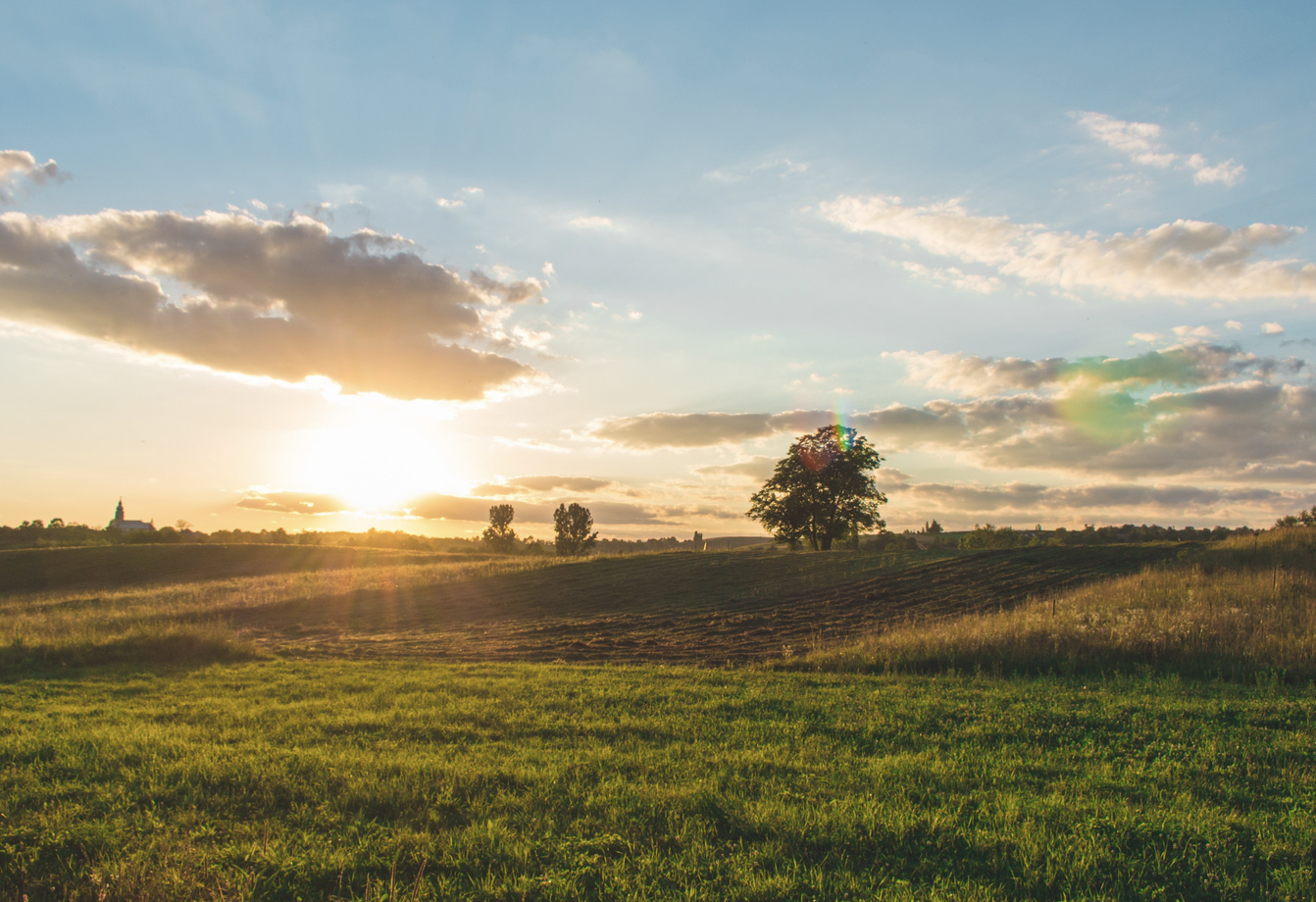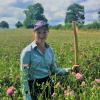The development of a forage network which will recommend a pathway to gaining optimum benefits from forages through realistic actions. This project, which runs from September 2023 for 6 months, will: Bring together a network of stakeholders to understand the best approach for improving forage systems, considering potential opportunities and barriers to uptake Create a roadmap, which can be used to achieve benefits for livestock sectors through changes in forage systems

Recommended Content
Content below is from across the PEP community and is not necessarily endorsed by Stewards or by PEP
Connected Content
The livestock industry is an integral part of the agricultural sector, encompassing various aspects of animal husbandry and production. It plays an important role in global food security and supports the livelihoods of millions of people worldwide.
Grass in farming is interconnected with livestock systems for their feed, in the form of grazing, haylage and silage, and is also used as 'leys' (short-term grasslands) to regenerate soil structure and quality.
This topic refers to the whole food supply chain, from farm fork, and all the products and services that contribute to food production.
Sowing Future Seeds. Seed company specialising in grass and clover mixes, as well as brassica, lucerne and stubble turnips.
The SUPER-G project is a European wide project aiming to work with farmers and policy makers to develop sustainable & effective permanent grassland systems.
Proper housing is essential for the well-being, health, and productivity of livestock, as well as for the efficient management of farm operations. The type of housing and its design can vary depending on the species of livestock, climate, and specific management goals.
This guide collates the available knowledge and numbers on forage utilisation and feeding.
The search for a catch crop to fill the gap between lifting carrots in late spring and drilling winter wheat, led a Norfolk farmer to a 19% protein baled haylage from a quick-growing legume.
Forage first sheep systems seek to optimise lamb production from pasture to minimise costs.
Silvopastoral agroforestry – integrating shelterbelts, hedgerows or in-field trees with grazing livestock – can provide domestic animals with benefits, including shelter and shade, as well as supplementing their diets as tree browse or fodder.
UK grasslands are an essential cog in ecosystem function. They lock in vast amounts of carbon, accounting for one-third of the earth’s carbon storage and two billion tonnes of carbon in UK grassland soils.
Grazing on pasture closed and set aside for winter grazing can significantly reduce feeding costs
Scientific paper reporting analysis of hay yields from Park Grass long term experiment in Her



